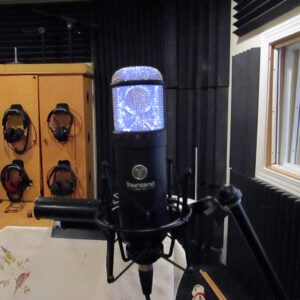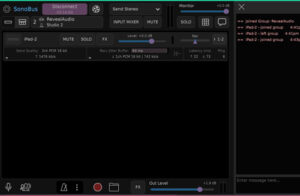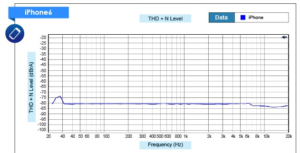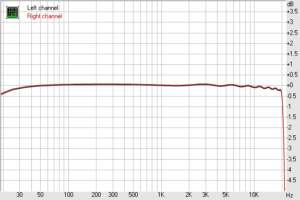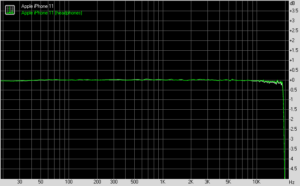The new series Songland premiered on NBC May 28, 2019. It has been in the works for four years now and it looks like they’ve got the format ironed out. It’s sort of like The Voice, only for songwriters.

Currently the celebrity panel is made up of three well known and successful songwriter/producer/artists – Ryan Tedder, Shane McAnally, and Ester Dean. They each bring something different to the table. Ryan is the visible lead singer of One Direction. He writes and produces not just for his group, but for many other currently successful pop artists. Shane is the son of legendary songwriter Mac McAnally and writes and produces many of the top acts that come out of Nashville. Ester made her mark initially as a premiere top line writer, coming up with melodies and lyrics for beats and later producing many of the major hip hop/R&B artists.
In addition to the writers there is one featured artist each week who is looking for material for their next album. For the first week it was John Legend.
Each episode features four songwriters who personally sing their songs to the panel with the help of a band and tracks. Almost immediately afterward they get feedback from the panel in the form of possible changes to improve the song. It might be a lyric tweak. It might be a change of melody. It could even be a re-thinking of the entire groove. Then it’s on to the next writer.
When all of the writers have taken their turn, it’s time for the artist to decide on three of the four to take into the studio for more tweaks. Each writer is then paired up with one of the pro writers on the panel to collaborate with on the final version of the song. I love this part because both the pro and the amateur have a stake in how the rewrite turns out. If the artist records their song, they both make money.
Then it’s time for the final three performances of the newly rewritten songs and the artist makes the choice of which one of the three to put on the album. Since the show is taped in advance, the song gets recorded and is then released on iTunes the date the episode is aired. Magic!
(Putting on his “old man” hat) Back in the day, occasions to cowrite with an artist on a song that was going to be immediately released were extremely rare. The normal route was that writers performed for publishers, either live (in person, in their office) or by playing a recording on a tape cassette. The writer NEVER asked the publisher for feedback, since that would essentially make the publisher a cowriter which would be a conflict of interest. As time went on, publishers began signing persons who they thought might have potential to be artists, regardless of their songwriting experience. They would then arrange writing sessions with the writers on their staff in order to stack the deck in case the potential artist ever did get a deal. That then evolved to where it is now, with triple threats like the Songland panel controlling their own publishing catalog, producing their own music, and freelancing for other artists. An outside writer won’t get a shot like this unless they have a personal connection to the writer or artist, which is by necessity. Lawsuits over intellectual property can easily happen if ideas are shared between relative strangers who don’t have a bedrock of personal trust.
Originally, the show addressed this issue by having potential writers sign a contract that made them basically waive all rights to their song. After that was publicly disclosed, they then amended the contract so that the writers kept their intellectual property. The current wording is: “As part of my application to participate in the Program, I may or will be required to submit an original, unpublished song and other musical material (collectively, the “Music”), for which I hold and shall continue to hold all copyrights and ownership therein.”
As of the date of the first airing, BMG is currently the publisher of record for the show. Per a report in Billboard: “Under the agreement, BMG serves as the worldwide distributor for Songland Records and the administrator of the show’s publishing company, Eligible Music. BMG has also committed to releasing the music written and recorded by the two runners-up, immediately following the airing of each episode.”
In short, this is a groundbreaking show and must-see TV for any aspiring songwriter out there. Catch it while you can. It’s a great education.
Also – don’t forget that there are two great songwriting organizations here in the Atlanta area. The Nashville Songwriters Association International has three chapters here – the Metro Chapter in Marietta, the North Atlanta chapter in Lawrenceville, and a Christian chapter in north Atlanta. The Georgia Music Industry Association also holds a monthly songwriter meeting on the last Sunday of the month in the Duluth area. Use these to meet other writers and hone your craft!
Remember – keep your ears open!
